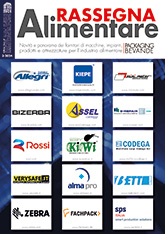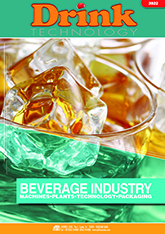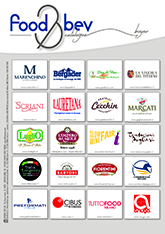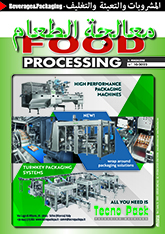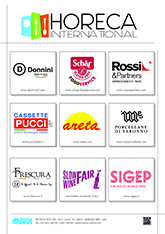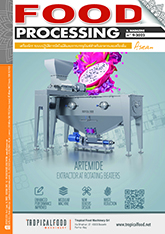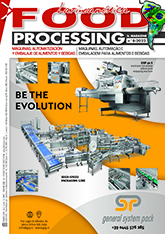
OMIP SRL - AVOCADO PITTING MACHINE WITH AVOCADO PULPER
Avocado Pitting Machine
AVOCADO PITTING MACHINE MOD. KAV2 with AVOCADO PULPER
OMIP SRL, founded in 1971, is targeted to all the canning companies which need to have a more reliable product, built with quality materials and great robustness, where the cost of production, as well as that of the workforce, is minimized. For this reason it is focused in the design and construction of machinery characterized by simplicity of operation, versatility and reduction of costs.
Avocado
Pitting Machine Mod. KAV2 with two cutting lines. The KAV2 pre-cuts the Avocado
separating it into two halves and thereby facilitating its pitting*.
The machine is suitable to pit fruit even if not perfectly graded. All parts in
contact with the fruit are for alimentary and hygienic purposes and the
structure is completely in stainless steel.
Avocados are unloaded into the Feeder and, from it, they are placed on conveyor
belts to be transported to the Cutting Station that, thanks to special series
of three circular blades, divides the fruits. Then they are downloaded on a
special chute for further processings.
* pitting depends on the fruit variety and its ripeness
The fruit,
previously pitted and sliced longitudinally in two parts, is fed into the
machine by a feeder belt and then deposited on a perforated drum. A
fruit-pressing belt progressively restricts the passage section of the fruit,
thus causing a slight pressure on the product. This allows the soft pulp to
pass through the holes on the drum. On the contrary, the skin does not pass
through the perforations and therefore remains outside the drum. Through the
rotation of the latter, the skin is then expelled towards an exit. The pulp
however is released through another outlet, to allow subsequent processing. By
adjusting the pressure rollers, a maximum output and an optimum quality without
precedence can be achieved.
Production capacity: depends on the capacity and the of the holes in the
perforated drum. The yield is also influenced by the following: type of product
and degree of pre-treatment; the of the holes; supply temperature; the
selected pressure; the feeder; etc.

















